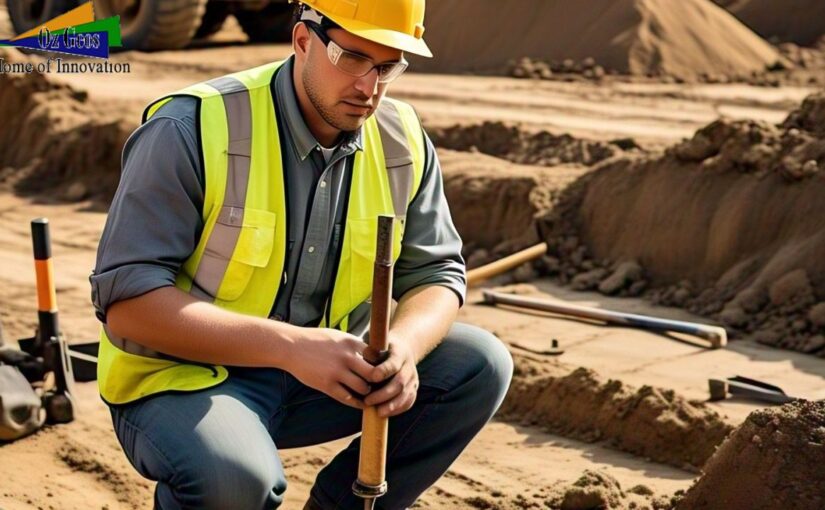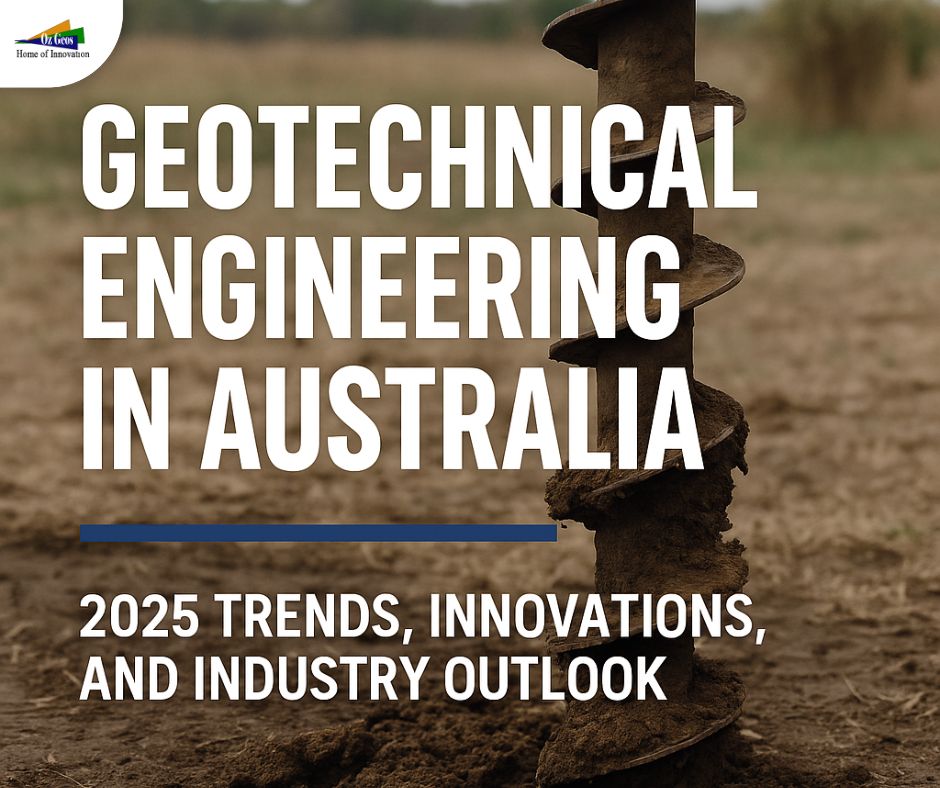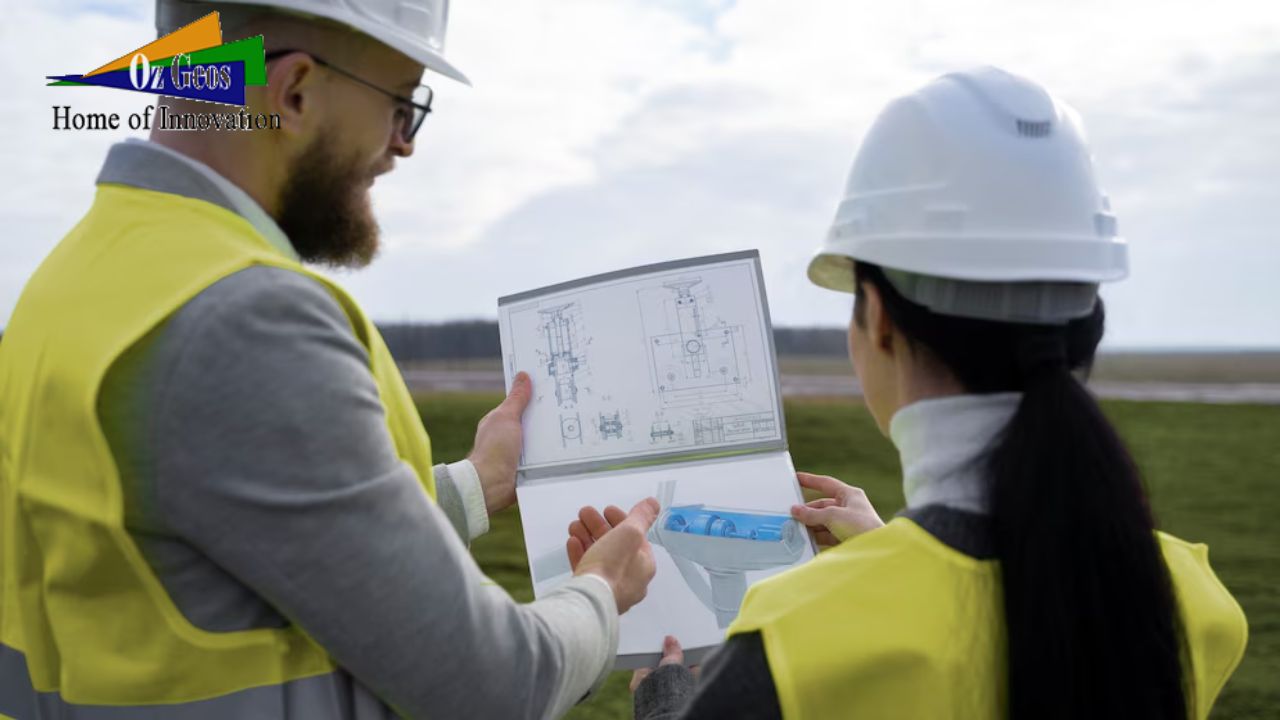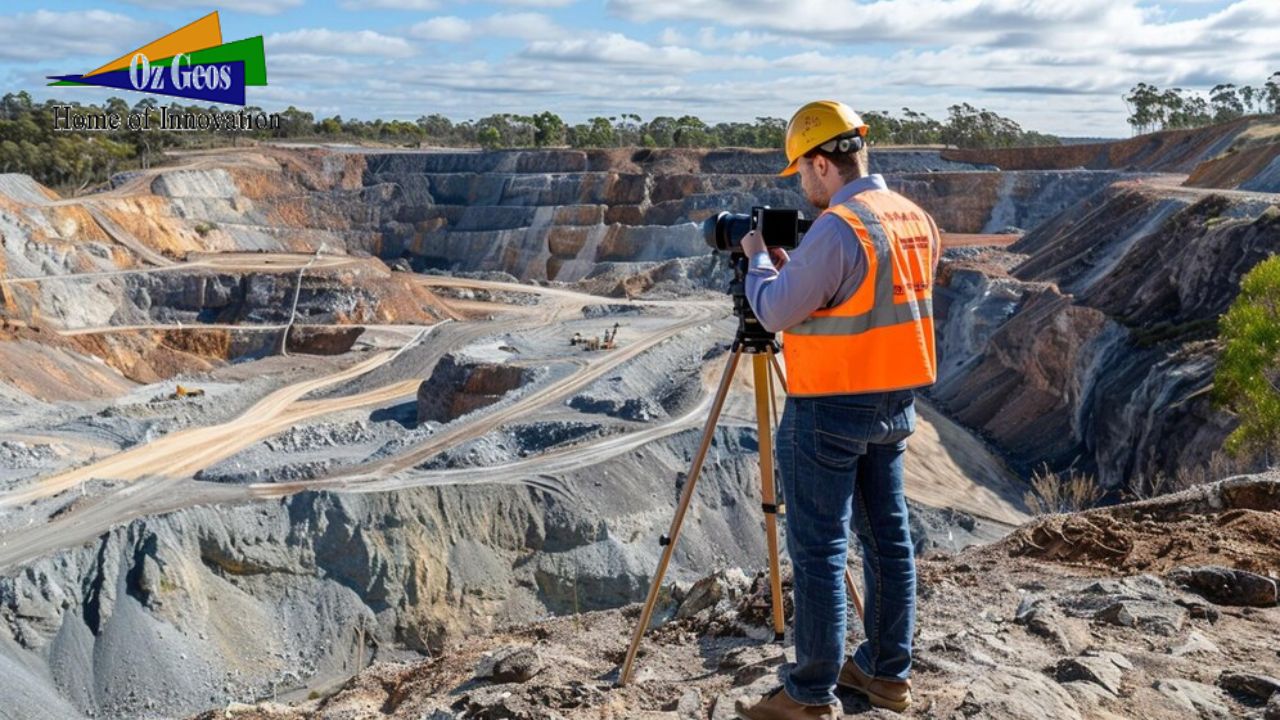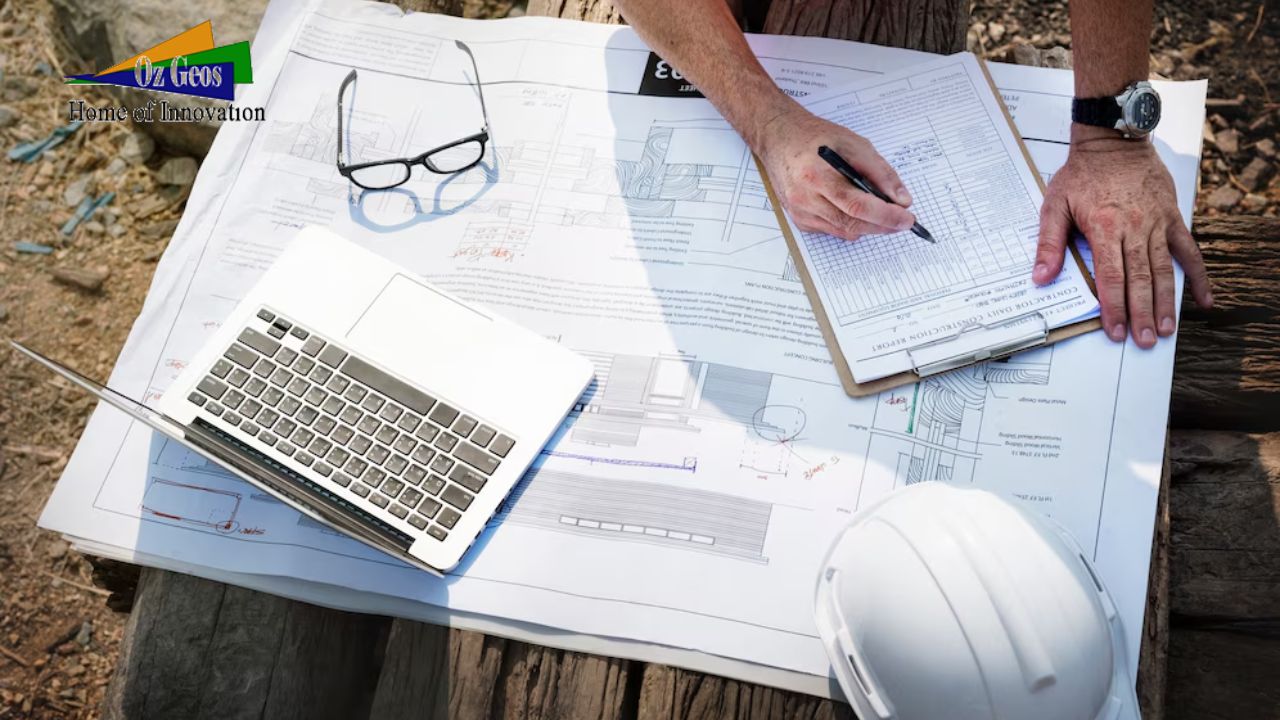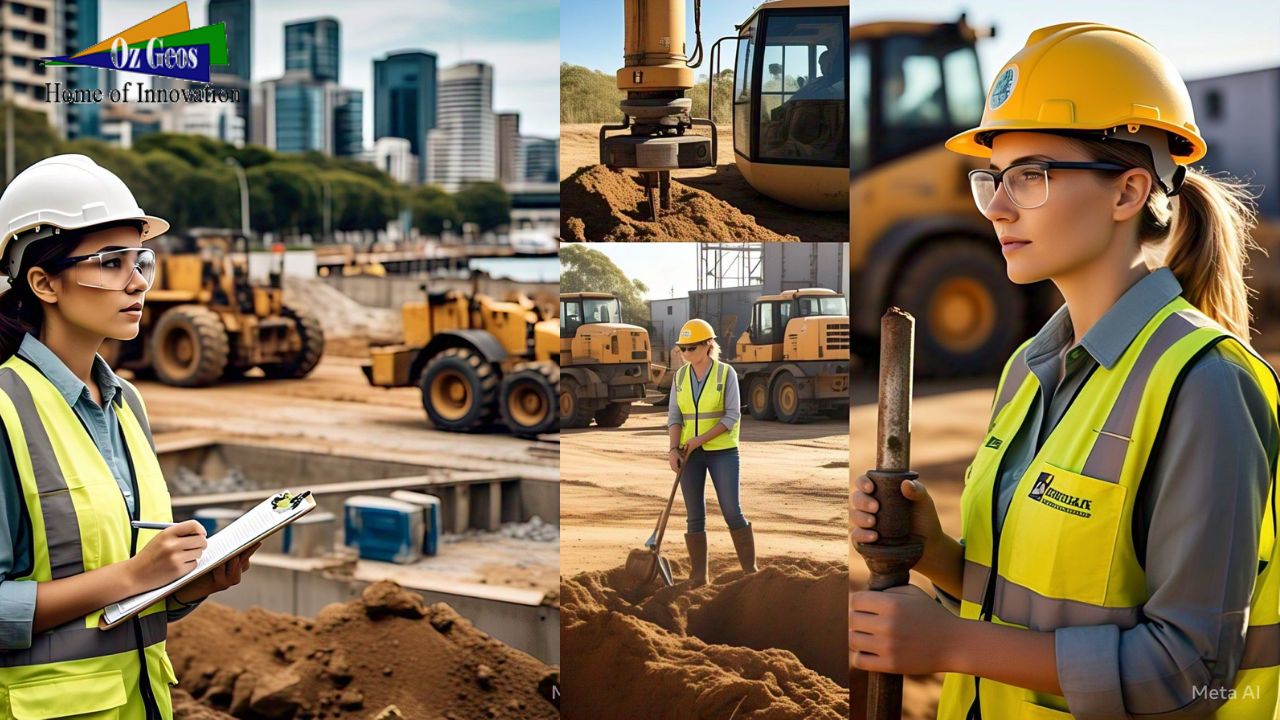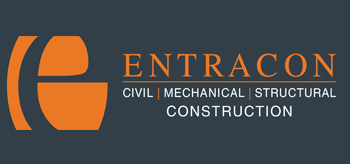Geotechnical Challenges in Coastal Developments Around Sydney Harbour & Port Phillip Bay
Coastal developments in Sydney Harbour and Port Phillip Bay present unique geotechnical challenges due to the complex interaction of geology, hydrodynamics, and human activities. As urban expansion continues, engineers and developers must navigate these challenges to ensure safe, sustainable, and resilient coastal infrastructure.
Geological and Geotechnical Considerations
Sydney Harbour
Sydney Harbour is characterized by Hawkesbury Sandstone, a durable but fractured rock formation, alongside alluvial deposits and marine sediments. While the sandstone provides a solid foundation for structures, its variability and weathering can complicate foundation design and stability. In some areas, unconsolidated sediments pose risks such as settlement and lateral movement, particularly for waterfront developments and tunnels.
Port Phillip Bay
Port Phillip Bay, on the other hand, has a vastly different geological profile, consisting of Quaternary sediments, soft clays, and silts. The presence of Coode Island Silt, a notoriously weak and highly compressible clay, presents significant challenges for load-bearing structures. Managing settlement and ensuring ground stability require specialized foundation techniques such as deep piling, ground improvement, or soil stabilization.
Key Geotechnical Challenges
Soft Soils and Settlement
Soft clays and loose sediments, especially in Port Phillip Bay, can lead to excessive settlement, requiring preloading, wick drains, or deep foundation systems
Slope Stability and Erosion
In Sydney Harbour, steep cliffs and slopes made of weathered sandstone can be prone to instability, necessitating rock bolting, soil nailing, or retaining walls
Coastal Erosion and Wave Action
Both regions experience coastal erosion due to tidal action, wave impact, and sea-level rise, requiring the implementation of revetments, breakwaters, or seawalls to mitigate erosion risks.
Groundwater Intrusion
High groundwater tables can lead to construction difficulties, seepage problems, and increased corrosion of foundations, necessitating dewatering strategies and corrosion-resistant materials.
Infrastructure Resilience to Climate Change
Rising sea levels and extreme weather events pose additional risks to existing and new infrastructure, emphasizing the need for adaptive design, elevated structures, and resilient coastal defenses.
Engineering Solutions and Innovations
To overcome these geotechnical challenges, a combination of traditional and advanced engineering techniques is employed, such as:
- Deep Foundations: Piling systems (bored, driven, or CFA piles) are commonly used to transfer loads to stable strata.
- Ground Improvement: Techniques such as soil mixing, dynamic compaction, or geosynthetics help enhance soil properties.
- Seawalls and Revetments: Engineered coastal protection measures reduce the impact of waves and erosion.
- Advanced Monitoring Systems: Real-time geotechnical monitoring helps in detecting movements and mitigating potential failures.
Conclusion
Developing coastal infrastructure in Sydney Harbour and Port Phillip Bay requires a deep understanding of geotechnical complexities. By employing cutting-edge geotechnical engineering techniques and sustainable design principles, we can ensure that coastal developments are both safe and resilient in the face of environmental and geological challenges.
For expert geotechnical solutions tailored to coastal developments, contact OzGeos today.

